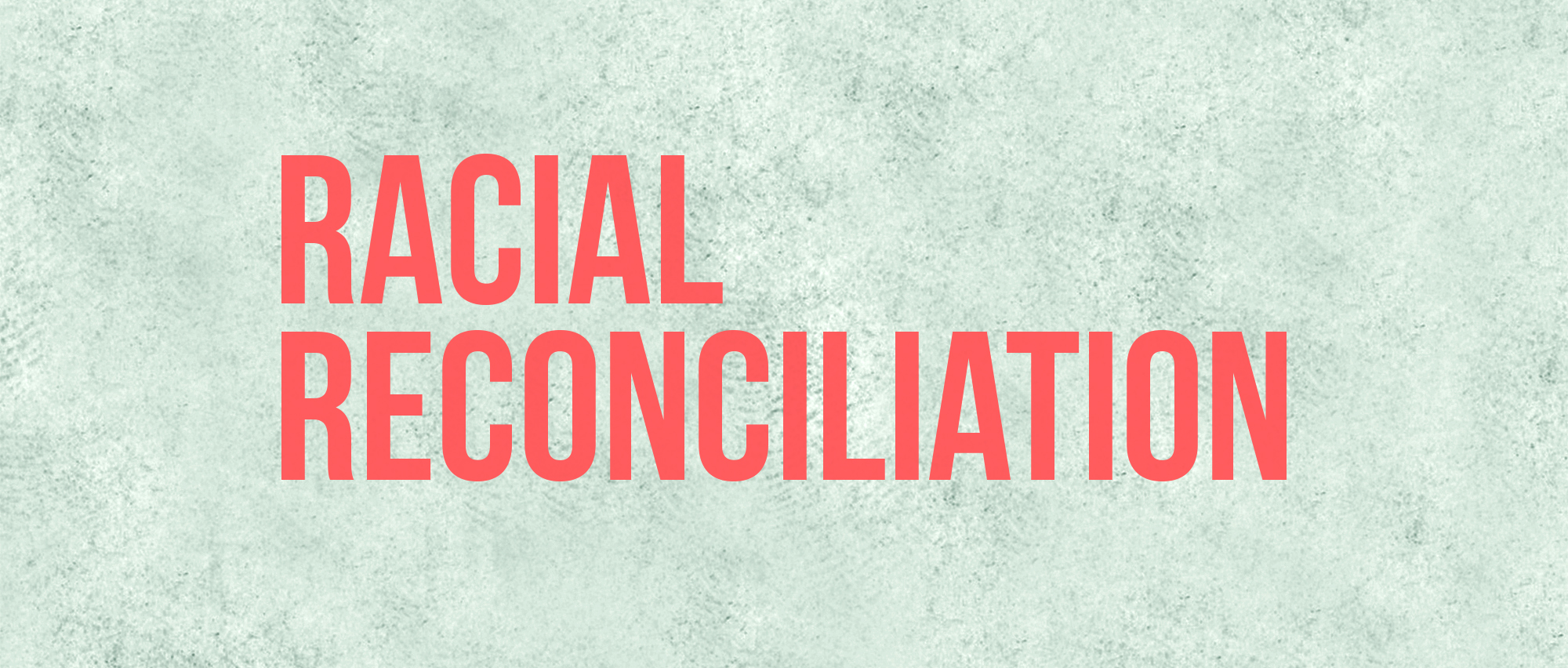The Racial Chasm
The racial problems that we have inherited explains an awful lot of the current tension in our society. Something happens, whether it’s a shooting, a viral video, a protest, or another inflammatory comment by another political figure, and different people look at the same events, and often come to very different conclusions.
What did you see? Who was at fault? Who’s right and who’s wrong? What do you think about (fill in the blank with the latest controversy)?
The same events, seen through different eyes, can yield wildly different interpretations. These differences often lie among racial lines, because different races have had vastly different experiences in this country over our existence as a nation.
The recent events that have brought racial tension to the surface in America are nothing new. They are only the latest occurrences in a long history of racial pain, tension and strife. What the vast differences in reaction along racial lines tell us more than anything is that America is still deeply divided by race. Especially between white Americans and black Americans, because we have inherited the most baggage from a long and painful history.
Even to this day racial separation is a significant issue. We largely operate in different social circles, live in different neighborhoods, go to different schools, and even belong to different churches. Our family get-togethers not only look different from one another, they feel different, right down to the stories that are told, the shared history of our ancestors, and the extent to which race is a topic of conversation. These differences in experience and worldview seem to be lit on fire when a controversial event happens in our country.
Point to how much progress has been made on racial issues, how much better things are now than they were in recent history, and you might just get a pained look from a black American. They may nod in agreement, but then have a list of a dozen instances where all is still not equal.
Bring up the centuries of mistreatment and abuse of African Americans to a white American, and they may do a mental shrug and settle into a sense of helplessness. Yeah, all those things were terrible, they might think. But that was a long time ago, and I had nothing to do with any of that...so what am I supposed to do?
All of this sometimes leads to the feeling that there is an uncrossable chasm between our races. In every period of our history there has been pain, mistreatment and racial division. Our society, try as it might, does not seem to have the necessary tools to adequately deal with this chasm.
The Chasm Maker: Simultaneously Invisible & Obvious
How can a justice issue this large and this obvious to me be this invisible to some?
How can something that seems so invisible to me seem so large and obvious to others?
One of the biggest problems with justice issues in general is that if you haven’t experienced them, they often seem invisible to you. Meanwhile, if you have experienced them directly, their realness and detriment are so obvious as to demand immediate attention and action. This is precisely the case with racial issues in America. When we let the media fill in the gaps of our limited real interaction with people from another race, we are left with a lot of confusion, anger and misunderstanding.
If you find yourself thinking, “I really don’t see it”, that’s okay. It might be good to remind yourself that a lack of insight and experience doesn’t mean the problem doesn’t exist. Seek to understand. Read some books. Talk to a person who does see it. Don’t assume anything about their motives or bias. Just ask them questions and be willing to listen.
If you find yourself thinking, “Why can’t you see this?”, that’s okay. It might be good to remind yourself that there are people who have never experienced, seen or dealt with what you has been a huge piece of your life. And that doesn’t necessarily mean they hate you or don’t care.
The only chance we have at really pursuing solutions together for the racial chasm in America is for us to all faithfully work together to help each other see clearly and accurately. We will never respond appropriately while we are blind to anyone else’s perspective.
Hope for the Chasm
Racial issues can feel as hopeless as any. The divide seems to widen across a lot of painful history and settle in over time, leading to despair that any true and lasting reconciliation could ever happen. Even if we agree about all of the root issues, we can still disagree wildly about what are the best solutions moving forward.
For Christians, however, there is a thing about chasms like this one:
Jesus doesn’t do chasms.
He did not save white and black people, only for us to draw an invisible line in the sand and stand there silently thinking, “You’ll never understand.” No, He came to make us family. He came to bring the unity of the gospel, right into the midst of our centuries of racial strife. Lines in the sand are not an option when we’ll share eternity together worshipping God in a sea of diversity.
The church has an incredible opportunity in this time and place, because we have God-given resources and motivation to deal with these historic problems. We have gospel tools that the world around us doesn’t. We have the compelling truth to tell with our lives that no blood runs deeper than Jesus’ blood.
Upon visiting a recent Baptism Gathering, one guest to our church made an incredible remark. He said:
"I wish the rest of the world could see what's happening here. The media makes it seem like there is no hope that people from different backgrounds and races can live together in harmony. But whatever is happening here is proof that's not true."
This is the goal family--for us to continue to grow into the sort of reconciled community that the world needs and wants to see. Here’s how Cole Brown, African American pastor from Portland, Oregon puts it:
“In John 17 Jesus repeatedly states that the unity of his people will be a convincing apologetic for Jesus and his gospel. Jesus prays that his followers will be brought “to complete unity” and then states that when they are “then the world will know that you sent me.” The unity Jesus is speaking must be a visible unity and an abnormal unity. It has to be visible enough for non-Christians to see it and abnormal enough for non-Christians to need an explanation for it which only Jesus can satisfy. It can’t be unity of a group of people who are already alike in every way. Such unity is normal in our world and would not stand as evidence that Jesus really is who he says he is. It must be unity of people who would never otherwise be together apart from Jesus Christ. This includes unity across socio-economical, educational, generational, and cultural divides. It also includes unity across racial lines. In fact, in twenty-first century America, unity across racial lines may be the most powerful demonstration of unity that Christians can provide as evidence of Jesus’ identity.”
Let’s prayerfully seek to see Jesus put the racial chasm to death, by acknowledging our own prejudices, humbly seeking understanding and taking any steps to walk in gospel reconciliation (both inside the church family and outside) wherever possible.

